2012 was an excellent year for blogging. Daily reads ranged between 200 and 300, with a few entries going over 500. Readers were most interested in posts that stress the colonial era of African history, together with wildlife, traditional farming techniques, food – and a few also from Ancient Egypt.
Here is a review the top 12; I hope that you enjoy reading them as much as I have enjoyed putting them up!
Swahili city states: Pre-European ‘colonizers’ of East and Central Africa

Hamid bin Muhamad bin Said, Late Sultan of Zanzibar. A wealthy Swahili merchant, who would have been one of the go-betweens with the inland merchants. Davis – Africa… 1907
Although Africa has and continues to be thought of as the Dark Continent that remained untouched until the advent of European explorers and colonizers, Arab–Swahili traders from the East Coast of Africa developed extensive commerce with the interior for several hundreds of years prior to European exploration and colonization.
Based out of a series of city states located on the East African coast, from Somalia through Tanzania, these Swahili traders, together with Arab traders from the Gulf, established settlements along the caravan routes into the interior, where they maintained their families, grew a variety of crops with seeds introduced from Indian and elsewhere, imported luxury items from Zanzibar and across the Indian Ocean, and lived a pretty good pre-(European) ‘colonial’ life…
حلبه (Hilba; Fenugreek) – A Wonderful Winter Drink and Herbal Medicine in Egypt
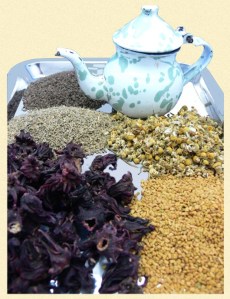
Teas and other hot drinks are beloved in Egypt, and one of the nicest during the winter is hilba (bottom right corner) made with water or milk and spices. Source: Prince of Egypt Cuisine
One of the most pleasant drinks during the cold months of the Egyptian winter is حلبه – hilba, helba, or fenugreek seeds, crushed and mixed with other spices and brewed in hot water. Truly yummy. Here is a description of hilba from 1918:
In country houses, especially, the last act of consideration of my host, at the end of the day, has often been to send to my bedroom a jugful of hot liquid made from helba…
Visitors on the Wild Side of Lake Tanganyika

Black mambas are not always black. They get their name from the inside of their mouth. Source: Nat. Geog.
Over the years I have enjoyed (or not) the gifting, invasion, or other means of learning about the creatures of this part of central Africa. Wildlife here in Burundi tends to be on the small side – perhaps in keeping with a small, and now densely populated country.
Snakes. Yes, we have many – most poisonous. Snakes like to come into houses if they can find a way, and often end up in the bedroom.
Several years ago I awakened to the cats frantic hissing, to discover a relatively huge (yes, huge) Black Mamba under the bed…
Mulukhiyyah in Housaland and Morocco and a North African Recipe
The 18th Century North African Merchant Shabeeni describes the following vegetable that existed in Hausaland (Western Sahel) as well as in Morocco (North Africa), at that time. While the name and consistency of the vegetable is similar to the vegetable of the same name in Egypt, the part of the plant used – the pod – is unlike mellochia (or, mulukhiyyah) in Egypt, where it is the leaves that are used.
Any thoughts on this, other that use of the name of a vegetable that, when processed, has the same consistency as that in Egypt? The name would have been brought back to Morocco and to West Africa by pilgrims to Mekka who spent some time in Egypt…
Inventing Ethnicity; Imagining Agriculture: The ‘Tribes’ of Ham and the ‘Primitive’ Crops of Africa
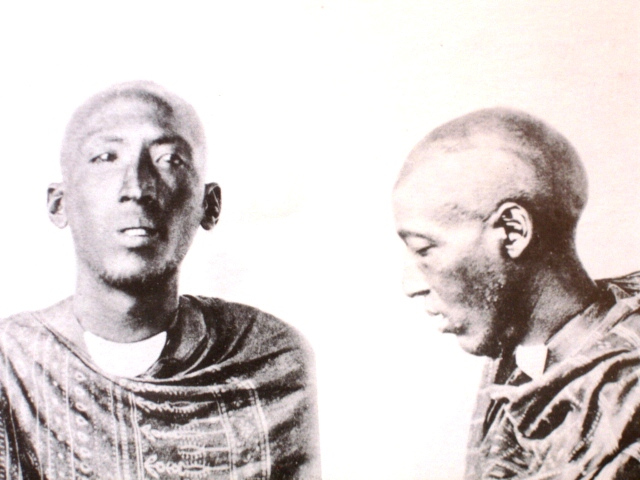
An ‘ideal type’ hamitic-African, long thin nose and lighter skinned. Source: ‘Die Burundi…’, which is an account of the 1911 travels in Burundi of Hans Meyer. This was translated into French by Francoise Willman, with an extensive critique, footnotes and bibliography by Jean-Pierre Chrétien in 1983.
One of the most bedevilling aspects of colonial and post-colonial African history and development that continues to impact on contemporary events has been the identification by colonials of specific ‘races’ and ‘tribes’ that were said to be linked to the slave status of the biblical Ham, son of Noah.
Together with these invented ethnicities often came the unexamined assumption that agriculture, livestock and cuisines of Africa were similarly inferior to those of Europe …
Fasting and Feasting in Africa – Reasoned Responses to Radical Changes in Climate and Crops
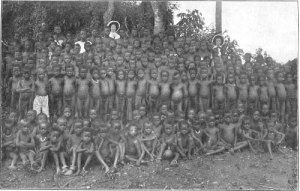
School children in Eastern Congo, early 20th. Century. Virtually all are apparently suffering from marasmus, and many also from parasites, for which swollen bellies are also an indicator.
“The quantities of meat our men devour is quite astounding. They boil as much as their pots will hold, and eat till it becomes physically impossible for them to stow away any more…”
In a previous post – ‘Cuisines and Crops of Africa, 19th Century – The Limits of Pastoralism as a Lifestyle’ – The explorer Speke described the eating and fasting habits of Somali pastoralists, whose ‘fast-feast’ style of eating was seen to be directly linked to their spartan lifestyle.
Similar extremes of eating are also described by Livingstone in the Zambezi river basin of south-central Africa, where he traveled in the mid-19th. Century, (Missionary Travels and Researches in South Africa) – sections quoted below…
Food strikes in Ancient Egypt – The Turin Strike Papyrus, and Other Records
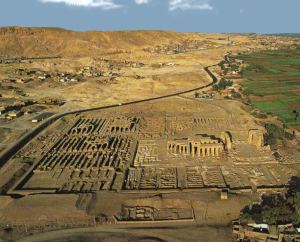
Mortuary temple of Ramses II – the Ramesseum. Note numbers of store rooms that surround the temple, in which grains and other supplies were stored. Source – Wikipedia
Bread riots have been a regular feature of public protests in Egypt, and the most recent unrest in Midan Tahrir, Cairo, is associated with rises in food prices. So it is timely to look at what is thought to be the first known ‘sit-down-strikes‘ over food in the Nile Valley, which took place during the 29th year of the reign of Ramses III, 12th Century BCE (c.1198-1166 BCE)…
City States in the Sahel: Pre-European Kingdoms of West Africa, Pt.1

Since at least the 9th century caravan trade linked North Africa and Egypt to emerging city-states that developed in the western Sahel. Source: R. Oliver, The African Experience. 1999.
Current events in the West African Sahel by way of food crises, religiously based conflict, ethnically based conflict, and military coups are the most recent iterations of interdependent environmental, political, economic, religious, social and cultural changes that have been taking place for upwards of two millenia.
Earlier blogs about city states in East Africa discuss the mercantile-based trade for slaves and for ivory that were developed by Swahili and Arab settlers travelling from the East African coast into the interior in the Nineteenth Century and earlier. These ventures resulted in a different set of linkages and associated institutions than those developed in West Africa…
Obesity: A Sign of Wealth in 19th Century Africa & Now
Ideal beauty among some of cattle-raising kingdoms of central Africa was, as discussed here, based on young girls and women consuming enormous quantities of milk. Here are several other examples from the same area. Both of these examples come from small kingdoms on northern Uganda, where today obesity is no longer considered a badge of beauty and wealth.
In some parts of west Africa, however, obesity of young girls is still considered a necessity, and mothers will force-feed their daughters to obtain plumpness…
Qanat Structures in the Western Desert of Egypt: Early Forms of Desert Irrigation
Qanat structures – underground water canals that can extend many miles – are a feature of the Middle East and of North African agriculture that I find fascinating. It was Paul English who wrote one of the early, definitive studies on qanat technologies that peaked my interest many years ago; his work is still considered a classic today.
The technology is brilliant, in securing scarce water reserves, reducing evaporation of water in canal irrigation practiced in arid areas – as well as helping to protect the canal structures from use or destruction by others along the way…
Cuisines and Crops of Africa: Ancient Egypt, 19th & 20th C. – Multipurpose Wheat and Plantains
In rural Africa, major crops are not just for food. A good food crop, whether indigenous or introduced is multipurpose – a fact that is often unknown or under-rated in modern agricultural research and development (R&D), which stresses the uses of food crops for FOOD for humans. This is simply not the case in many pre-industrial societies in Africa and elsewhere.
The reality was first brought home to me a number of years ago in Egypt, where I conducted a long-term study of smallholder grain and dairy production, processing and distribution that was jointly funded by IFPRI (International Food Policy Research Institute) and the Ford Foundation…
Mixed Cropping: A Successful Organic Strategy for Small Farmers

Help from collaborating farmers to harvest and bundle the amaranth, which will go to the Hotel Club du Lac Tanganyika in the morning. The kale leaves can continue to be harvested while another or several other crops are intercropped with it.
Long before Europeans were on the scene, Africans were practicing companion, or mixed cropping (or planting), which is a highly successfully strategy for outwitting many bugs and diseases.
However, with the advent of Northern Hemisphere farming methods in which crops are neatly planted in rows with no intermixing, Africans were (and often still are) advised to farm in this way, growing crops in neat rows. Mixed planting was seen as very messy by many advisors…

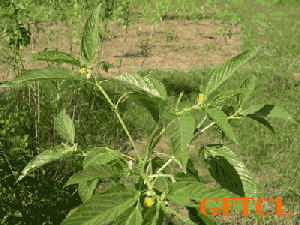
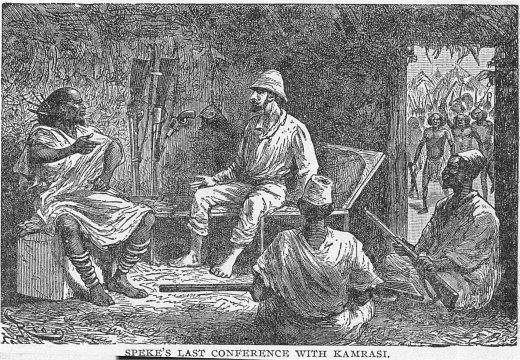

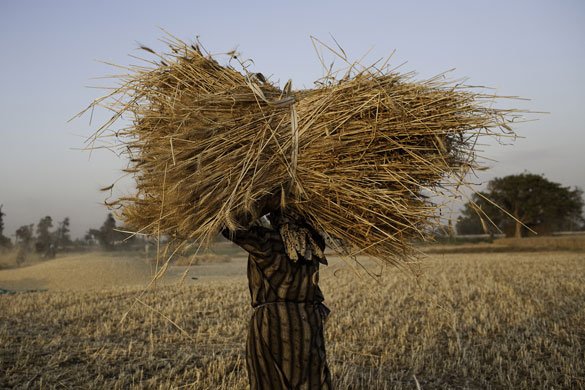




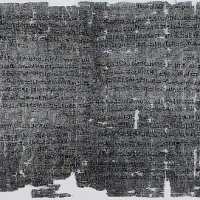
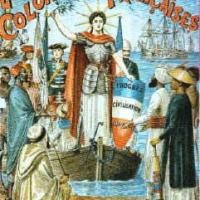
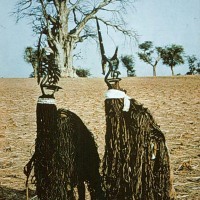


















Currently it seems like BlogEngine is the best blogging platform out there right now. (from what I’ve read) Is that what you’re using on your blog?
LikeLike
Pingback: Post-War Peace by Lake Tanganyika: Riding Pretty | DIANABUJA'S BLOG: Africa, the Middle East, Agriculture, History & Culture
Congrats!
Hope we will soon share the blogging experience with the topic on the Greeks in Africa mentioned earlier.
Happy New Year 🙂
LikeLike
Thanks, and yes – hopefully we can move forward on the greeks this coming year. Happy New Year…
LikeLike